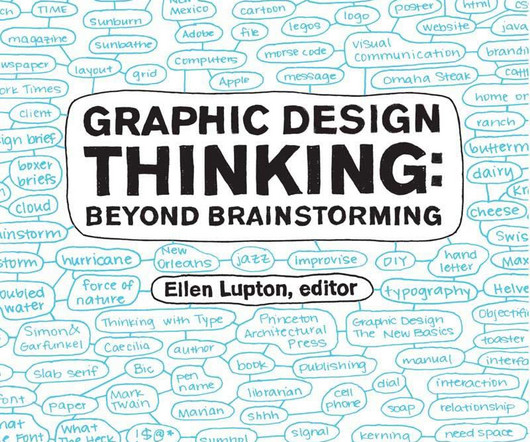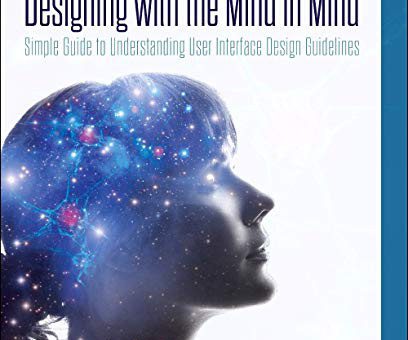Patterns are good
UX Collective
MARCH 17, 2023
Source: Tidbits A design pattern is a document that describes a common solution to a recurring design problem. According to Tibor Kunert (2009), using design patterns allows designers to quickly find solutions to problems using proven designs, rather than starting from scratch each time.














Let's personalize your content